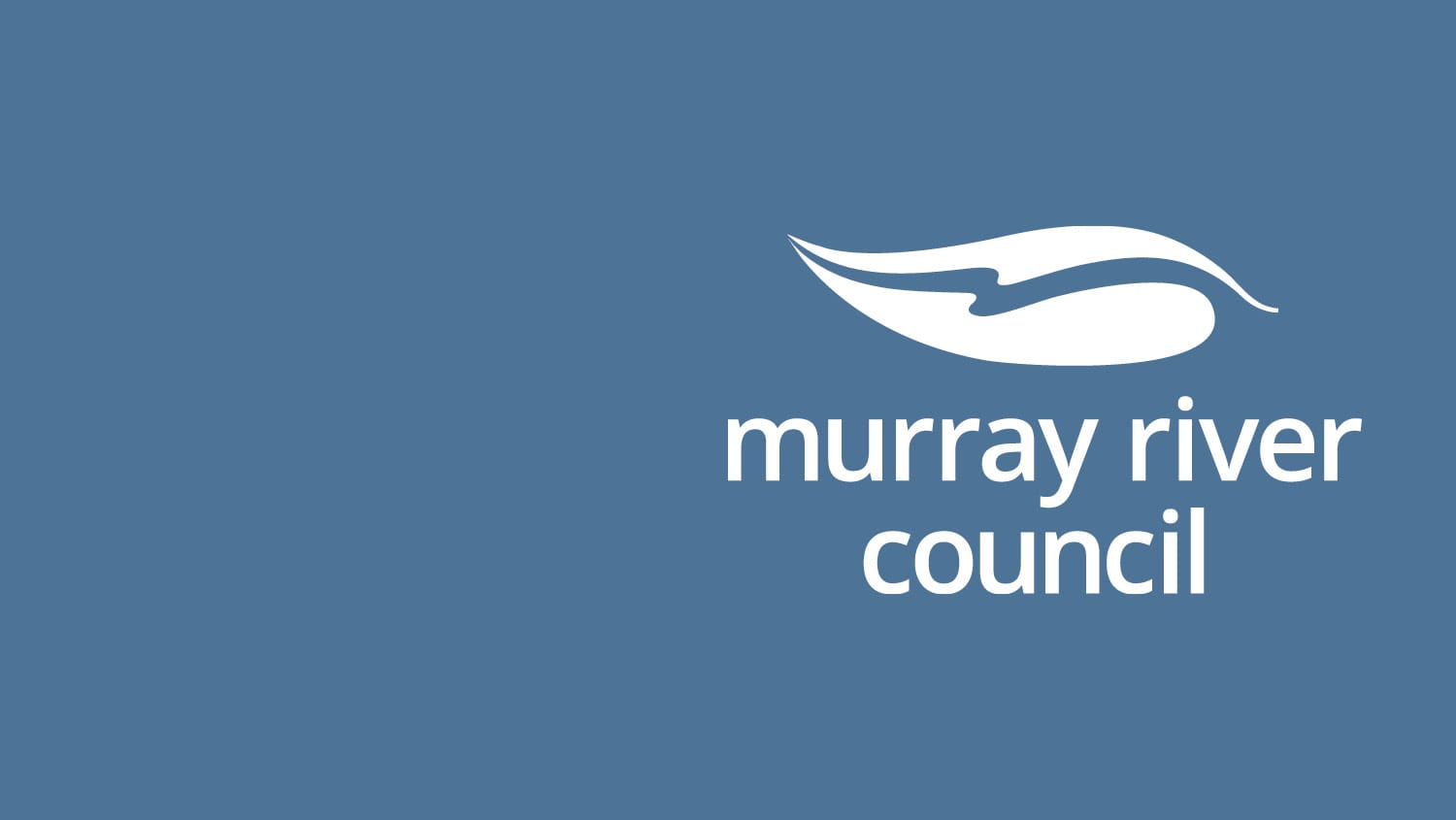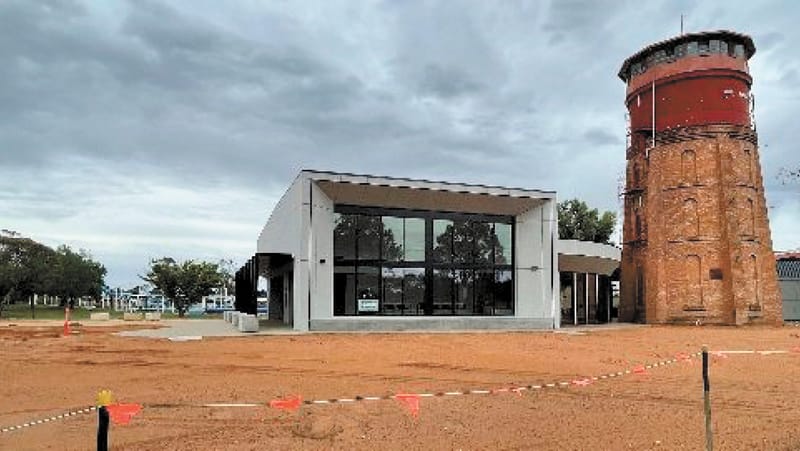MRC releases Draft 2020/21 Budget and new proposed rating structure
Murray River Council has adopted its draft 2020/21 Operational Plan and Budget, which includes a $30.57 million capital works program. is now calling for public feedback on the draft document, along with the draft Long-Term Financial Strategy and...

Murray River Council has adopted its draft 2020/21 Operational Plan and Budget, which includes a $30.57 million capital works program.
- is now calling for public feedback on the draft document, along with the draft Long-Term Financial Strategy and draft Revenue Policy.
Murray River Council General Manager, Des Bilske said it is a carefully considered budget taking account of the unprecedented situation created by the COVID-19 pandemic.
“We are acutely aware of the severe effect the restrictions implemented to control coronavirus have had on businesses and residents right across our Council.”
“Our draft Long-Term Financial Strategy in particular models some financial operating scenarios should the community be moved into any further lockdowns.”
“As such we have aimed to deliver a responsible budget for this year that plans for future needs,” he said
The draft document estimates an operating revenue of $50.52 million and operating expenses of $47.09 million for the coming year.
This will result in an operating surplus of $3,429,498, but an overall draft deficit of $1,170,958 once capital expenditure, reserve movements, loan borrowings and other movements are factored in.
Mr Bilske said the draft deficit is largely the result of Council co-contributions towards a number of capital works projects that have received external funding.
The deficit will deliver a reduction in Council’s working capital to an anticipated level of $6.6 million at 30 June 2021.
- Bilske said the activities forecast in the plans directly respond to the key priorities of the community, whilst also continuing to maintain service levels.
The draft budget is based on a total rate revenue increase of 2.6% in ordinary rates along with 2.6% for water and sewerage charges.
Key items in the $30,569,250 million draft capital expenditure include:
$4,009,200 million Regional Roads
$1,070,000 bridge operations
$1,094,470 urban roads
$107,830 cycleways
$303,640 kerb and gutter
$350,050 stormwater drainage
$415,070 gravel re-sheets
$770,000 reseals and heavy patching
$534,000 unsealed road construction
$2,720,000 roads to recovery program
$1,400,000 waste-water
$3,435,000 water supply
$132,500 parks and gardens
$70,960 community halls
$240,000 library services
$1,796,760 waste management
$110,200 town signage
$1m industrial land extension
The Draft Revenue Policy and Rates Harmonisation
The Draft Revenue Policy details how Council is proposing the rates burden will be shared amongst rating categories such as residential, farm and business properties.
Mr Bilske said adoption of a new rating structures makes this an important budget period for residents.
“The new property valuations that were undertaken by the NSW Valuer General’s Office in 2019 will come into effect from July 1, along with the introduction of rates harmonisation across the Council,” he said
Overall values have increased across the whole of the council area by an average of 26%. Farmland has increased by an average of 41%, residential land has increased by an average of 12% and business land values have increased by an average of 9.5%.
“The combination of the new property values and rates harmonisation may mean there are some larger changes than normal, some increases and some decreases, in the individual rates amounts for some properties,” Mr Bilske said.
Rates harmonisation means Council will now have one general rating structure, instead of the two different structures across previously existing boundaries of the former Wakool and Murray Shires.
Harmonisation of rates is a requirement for all amalgamated councils in NSW.
“This was a very big task for our Council, and not one taken lightly, as we had to unify the differing structures into an equitable, uniform system across the new footprint.”
“Council need to find a middle path that generates the rate base we need while minimising the dramatic ups and downs that would occur if we just applied an average of the ad valorem rates of the old shires.”
“Options to achieve this have been extensively modelled, and after various workshops and input from our Community Rates Review Panel, Council have determined a preferred rating model,” Mr Bilske said.
The Community Rates Review Panel was formed in April to provide feedback and advice to Council in the development of the preferred rate structure option.
The panel consists of 10 community members who were selected through an expression of interest process and includes residential, business and farmland ratepayers from the former Murray and Wakool shires.
The Panel recommended a set of principles for a preferred rating structure to council and the majority of Panel members supported option 12.
Rate Structure Option 12 is based on a simplified version of Council’s previous rating structure, and follows a principles-based approach with:
- A simpler categorisation structure with sub-categorisation for different population and activity centres
- Incorporates a common ad valorem and base structure across all categories to ensure a simpler and fairer distribution across categories where land values set by the NSW government dictate the level of rates paid
- The rates yield by category and sub-category is similar to the existing (current year) rates yield and aligned to the new land valuations set by the NSW Government.
In this way, all properties within a subcategory pay a proportionate share toward the cost of infrastructure based on their land value and the base charge can be increased or decreased as required in the future.
“We are now asking the community to tell us if our chosen model achieves the outcomes of equity, fairness and simplicity,” Mr Bilske said.
Providing feedback
To view the Draft Operational Plan and Budget, the Long-Term Financial Plan and the Draft Revenue Strategy, or information on Rates Harmonisation, residents should visit Council’s online engagement portal: yoursay.murrayriver.nsw.gov.au
Submissions will be received until 4pm on Friday 19 June 2020.



